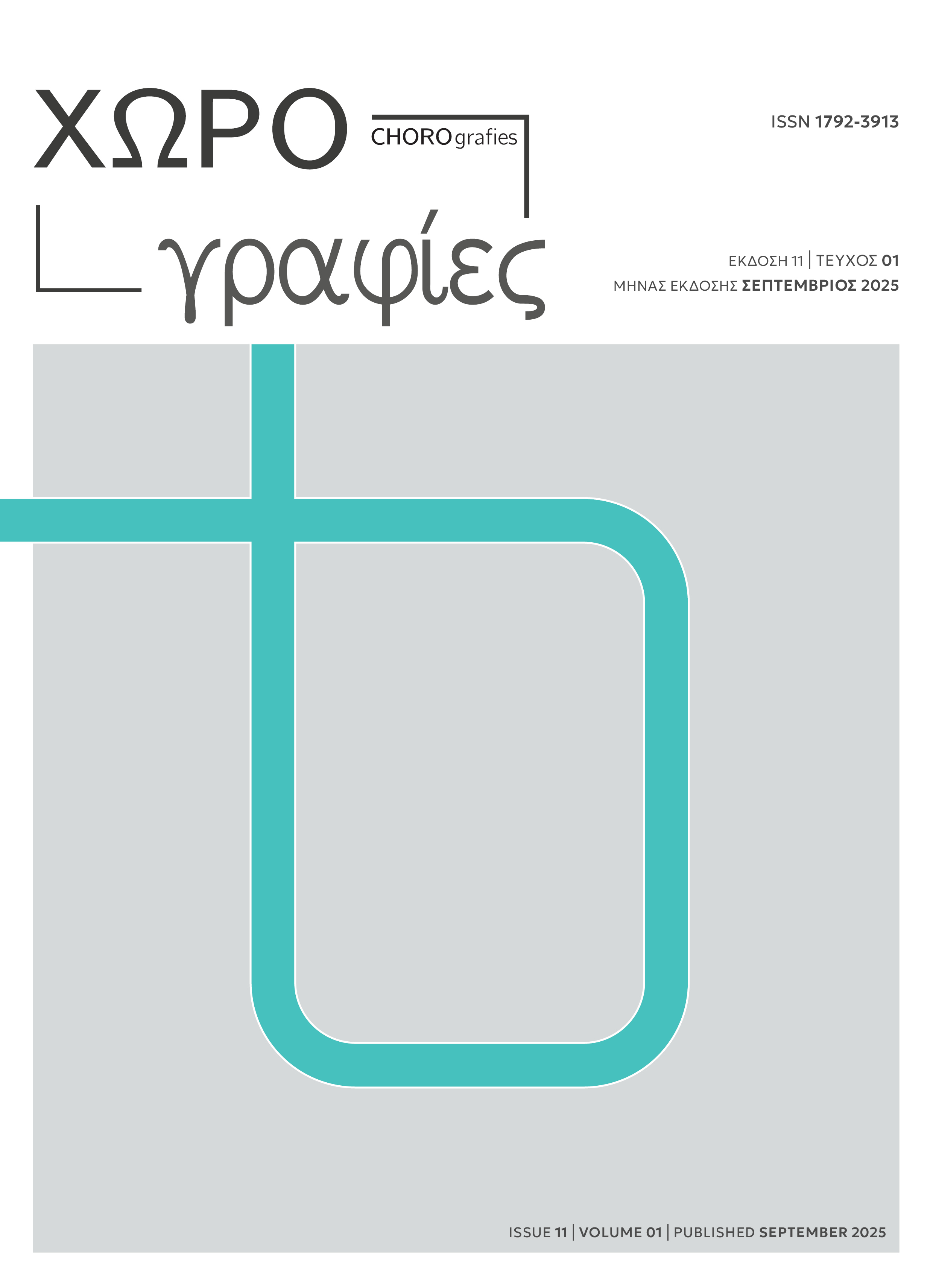
Published 2025-09-22
Copyright (c) 2025 Nikolaos Antonoulis

This work is licensed under a Creative Commons Attribution-NoDerivatives 4.0 International License.
How to Cite
Abstract
The concept of Naos (temple) revolves around ontology and theology. It invites to use people it not as a place to practice their personal religion, but as a place to explore personal ontological quests and their social implications. Much like an ancient Greek temple as experienced today, deserted and in a remote location, Naos waits to be discovered a either by chance or after a pilgrimage. Its purpose is more oriented towards generating questions, thoughts and dialogues rather than providing answers. In this view, the majority of the building spaces have been designed in a way that promotes free movement, independently of the building uses.
Alluding to Edward Soja’s notion of “Third Space”, groups (i.e. skateboarders, diverse filmmakers, photographers) can use and appropriate these spaces as meeting points for their activities. Hikers or climbers may find places to stay overnight in protected semioutdoor spaces and naturalists may nestle in Naos’s facade for observing the fauna of the area. This diversity in usage, uniquely produced by each visitor, generates a dynamic program for the building, creating areas - regardless of visitors’ initial purpose - designed to serve as a repository for ontological thought and to foster dialogue through their spatial arrangement, symbolism and atmosphere